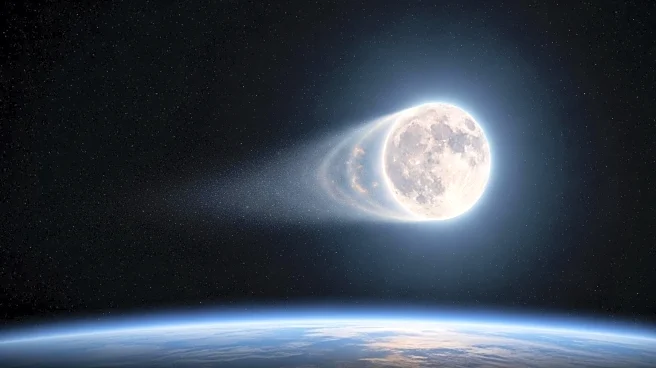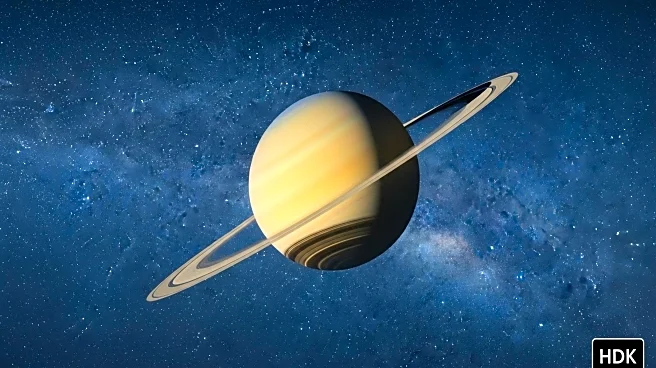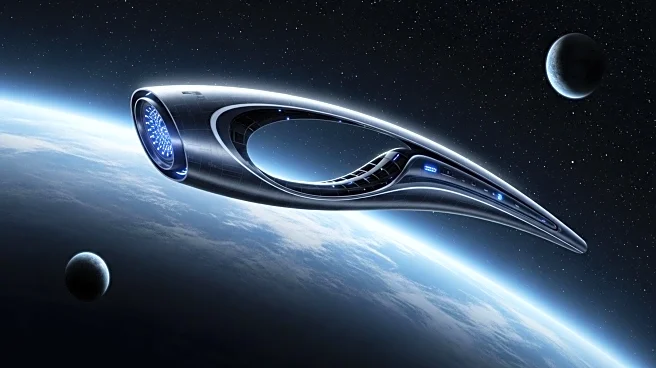What's Happening?
The concept of traveling by waiting in midair as Earth rotates has been explored in a series of scientific discussions. Readers of New Scientist have debated the feasibility of this idea, considering the Earth's rotation speed of approximately 1000 kilometers per hour at London's latitude. While previous answers suggested this method wouldn't work due to atmospheric adherence to the planet, new insights propose using a rocket to achieve a highly eccentric orbit. This would involve launching at several kilometers per second, allowing for a change in longitude upon re-entry. However, practical challenges such as energy inefficiency and survival during re-entry make this method impractical.
Why It's Important?
This discussion highlights the complexities of Earth's rotation and the challenges of space travel. It underscores the limitations of theoretical travel methods and the importance of understanding atmospheric dynamics. The conversation also reflects the curiosity and innovative thinking within the scientific community, encouraging exploration of unconventional ideas. While impractical, such discussions can inspire advancements in aerospace technology and deepen understanding of planetary motion.
What's Next?
Further exploration of this concept may lead to more detailed studies on atmospheric dynamics and orbital mechanics. Scientists and engineers could investigate alternative methods of utilizing Earth's rotation for travel, potentially leading to innovative transportation solutions. Additionally, public interest in such hypothetical scenarios may drive educational initiatives to enhance understanding of physics and space science.
Beyond the Headlines
The discussion also touches on broader themes of scientific inquiry and the human desire to explore and understand the universe. It reflects the role of science communication in engaging the public with complex ideas and fostering a culture of curiosity and innovation. By challenging conventional thinking, such discussions can inspire future generations to pursue careers in science and technology.










